2018-11-21
Series "Originally non-English"
Authors
Marlene Hofmann
is blogger, writer, social media and openGLAM enthusiast, museum worker and web designer living in Thuringia, Germany.
Digitization in Libraries
Report from a journey to the Baltic States

In the beginning of September 2018, the German Library Association invited me to travel to Latvia and Lithuania to trace the status quo of digitization in big and small libraries in Riga, Klaipda, Plunge and Vilnius together with a group of German journalists. Above all, I took one thing with me: compared to Germany, digitization is a matter of course in the Baltic States.
Series "Originally non-English"
Lithuania has the best-developed Internet in Europe. The first concept for digitizing the national cultural heritage in Lithuania was developed in 2005, followed by a further strategy in 2009. By 2020, all digital cultural heritage from Lithuanian museums, archives and libraries should be concentrated on the platform epaveldas.lt – marked as public domain and also available on Europeana.
The Latvian cultural heritage is scattered all over Europe - digitization could help to unite it
A first, very exciting stop was the Latvian National Library in Riga, housed in a prestigious building designed by architect Gunnar Birkerts in 2014. Similar to the Dokk1 library, which opened in 2017 in Aarhus, and the "black diamond" of the Royal Library in Copenhagen, it is built directly on the water. Once inside, I quickly learned that traditional folk songs and dances are an important part of Latvian culture – and were part of the silent protest culture during Soviet times. One special exhibit in the National Library is the "cabinet of folksongs" (Unesco World Heritage) collected by Krišjnis Barons, the "father of Latvian folk songs". That cultural heritage should also be available digitally seems to be consensus in Latvia. And of course, the cabinet is already digitized.
Latvia – in contrast to German cultural institutions, which are my workspace – is not just beginning to think about digitization. For example, already for ten years the National Library is running the crowdsourcing platform Zudus Latvija, on which citizens can help to identify and sort historical photographs and add metadata to them. Users can upload pictures, comment them and link them to a geographical position. During our trip the project was mentioned rather marginally, people now concentrate on other questions like: How can live streams of opera premieres be provided in good quality in local libraries? How can the works of the 20th century, which are still protected by copyright but no longer used commercially, be made accessible to the public? How should a common chatbot for all public libraries look like? Does the specially for Latvia programmed translation software hugo.lv work as it should?
Public domain cultural heritage is politically desired
In the National Library, we met, among others, Deputy Secretary of State for Culture, Uldis Zariš, who was previously head of the development department at the Latvian National Library and happens to be a board member of Europeana. Digitization has changed in the last 20 years: from a focus on ways to preserve cultural assets to free access and creative uses of cultural heritage. Uldis Zariš suggested that it could be a condition for future Latvian state funding for cultural digitization projects that cultural heritage is made freely accessable and can be used by everyone. In other words, if museums, archives and libraries want to get funding by the state, they have to make cultural heritage public domain. Such an approach would evoke a ighly emotional debate in Germany, where a museum is currently fighting against wikimedia to ensure that digital copies of its public domain works should have a copyright of their own, and the unlimited re-use of digitized cultural heritage objects is still scarcely widespread.
Other stops in Riga were the University Library and the Center for Cultural Information Systems, a government agency that has been working together with cultural institutions on the digitization of cultural heritage for around 20 years now. Often with the help of EU funding, the agency offers cultural institutions guidance, infrastructure and various portals. Examples of this are a cultural map of Latvia, a common library catalog and portal, a central museum catalog, an archive portal and a film portal, on which Latvian productions can be streamed at public expense. Furthermore, the state pays for providing internet in all public libraries.
The effects of massive investments
It is noteworthy that the libraries in Latvia not only have received EU funds, but also huge sums from the Bill and Melinda Gates Foundation and Microsoft. In her comment on the German version of my article Elna Reitere, a latvian arts professional now living and working in Germany, gave an overview over Latvia's digitization history: After the state had provided a common infrastructure for all libraries, in 2006 Latvia received 16,2 million Dollars from the Bill and Melinda Gates Foundation (and two more million Dollars in 2008) as well as 7,9 million Dollars from Microsoft. The money was used to buy nearly 4.000 computers for the 874 Latvian libraries. All libraries got WLAN and staff were trained on the usage of digital technologies. Elna pointed out, that when seeing these huge investments, the Latvian municipalities began to additionally renovate their library buildings. That is why there are so many modern libraries in Latvia today. People now went there to use the internet, which caused an increased of book loans by 70 percent (a number from 2013). Thanks to the libraries, Latvia now has a high percentage of senior citizens using the internet.
The advantage of being small
As a result of the volatile Latvian history, the Latvian cultural heritage is stored in archives all over the world. Digitization offers the opportunity to bring it together and make it accessible to everyone, emphasized Uldis Zariš. "As a small country, we can nearly digitize everything", added Arturs Zogla from the Latvian National Library. “Because Latvia is small, it's easy for us to centralize everything", said Janis Ziedens from the Center for Cultural Information Systems.
He, as well, thinks that society should make as many digitized objects as possible available as public domain. And it already says a lot that he did not understand my question why it is so common in Latvian politics to invest money in digital infrastructure projects. This investment seems not to have been questioned in the country’s discourse for 20 years.
A similar picture occured on the next two days of the press trip to the neighboring country Lithuania. The small municipal library in Plunge not only has a QR code-based virtual walk through the castle park (Plunge Smart Park), the library also produces 3D holograms of their greatest treasures to present them to students in various locations of the region. In addition, the extraordinary creative librarians are planning a VR tour to resurrect the castle’s former orangery. The employees passionately organize children's programs, workshops and exhibitions and are closely connected to surrounding cultural and educational institutions.
"What is a librarian today? We do not know, we do not know if it's the right way to do so many different things." The Leva Simonaityt Library in Klaipda provides – beside books – a regional culture app in four languages, 500 events a year, and its own children's games app. The latter was mentioned during our library tour as "a normal project that connects the funny with the useful" – another very untypical attitude compared to the German tendence to take it’s cultural heritage exceedingly serious.
A particularly fascinating project has been tested by a small library in a social hotspot in Vilnius for the last three years: This was the first library in the world to develop a virtual "bibliotherapy" (psychotherapy with books) for children. As self-designed avatars in a digital environment, the children meet each other very freely and open up more easily to a psychologist, who is present digitally as well. One of the findings is that the library has become a safe haven for the children, a break in their everyday life. This fall, the virtual environment will become virtual reality and the avatars will get a more realistic body language.
... and in Germany?
Simultaneously with our trip to the Baltics, a new German library study of the Council for Cultural Education has been published. It recommends: "Overall, in cultural institutions - from libraries to theaters, museums and concert halls - digital offerings of cultural education should be anchored and secured as a central component of their core mission." - a statement that has obviously been internalized in the Baltics for a long time.
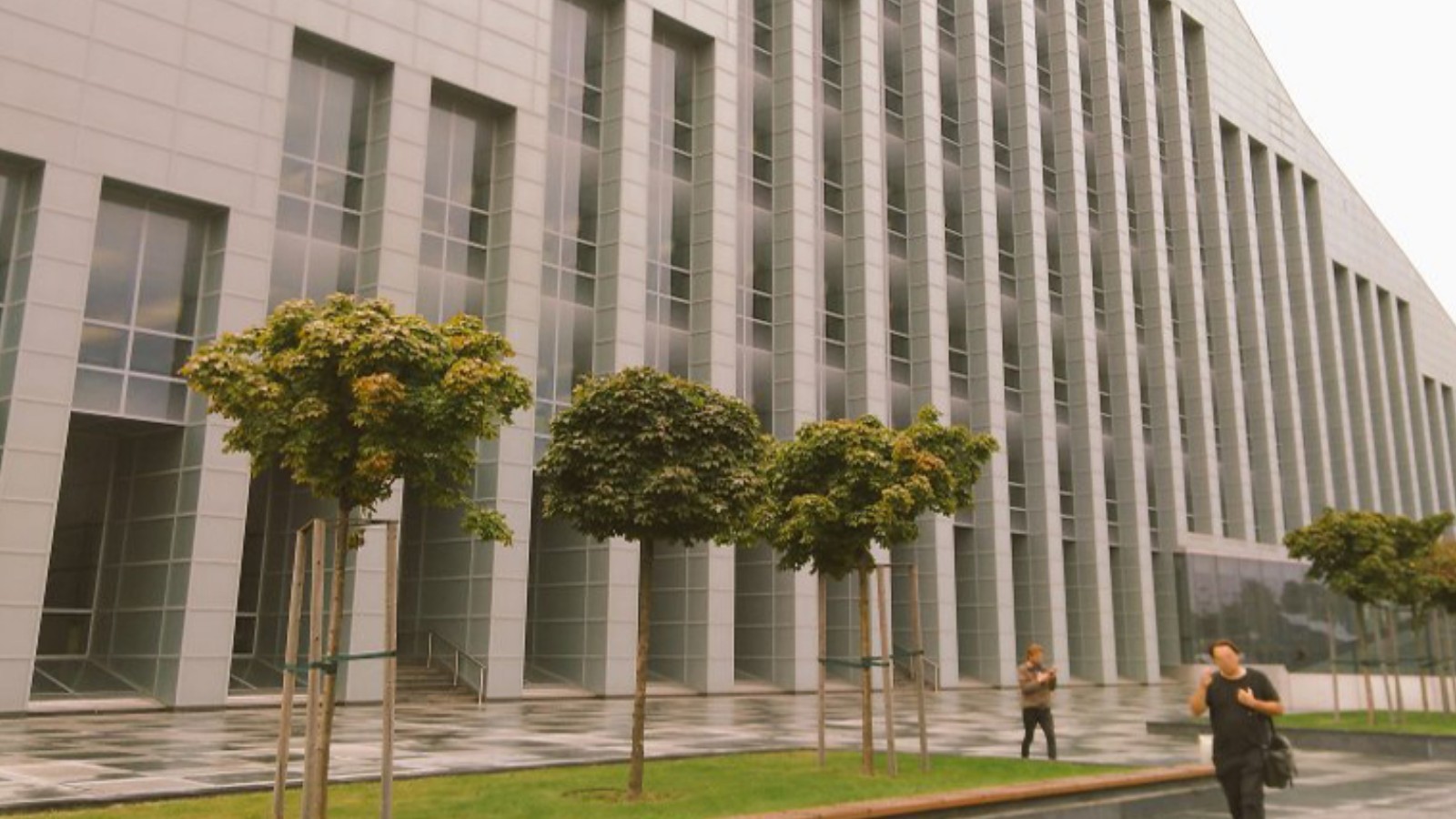
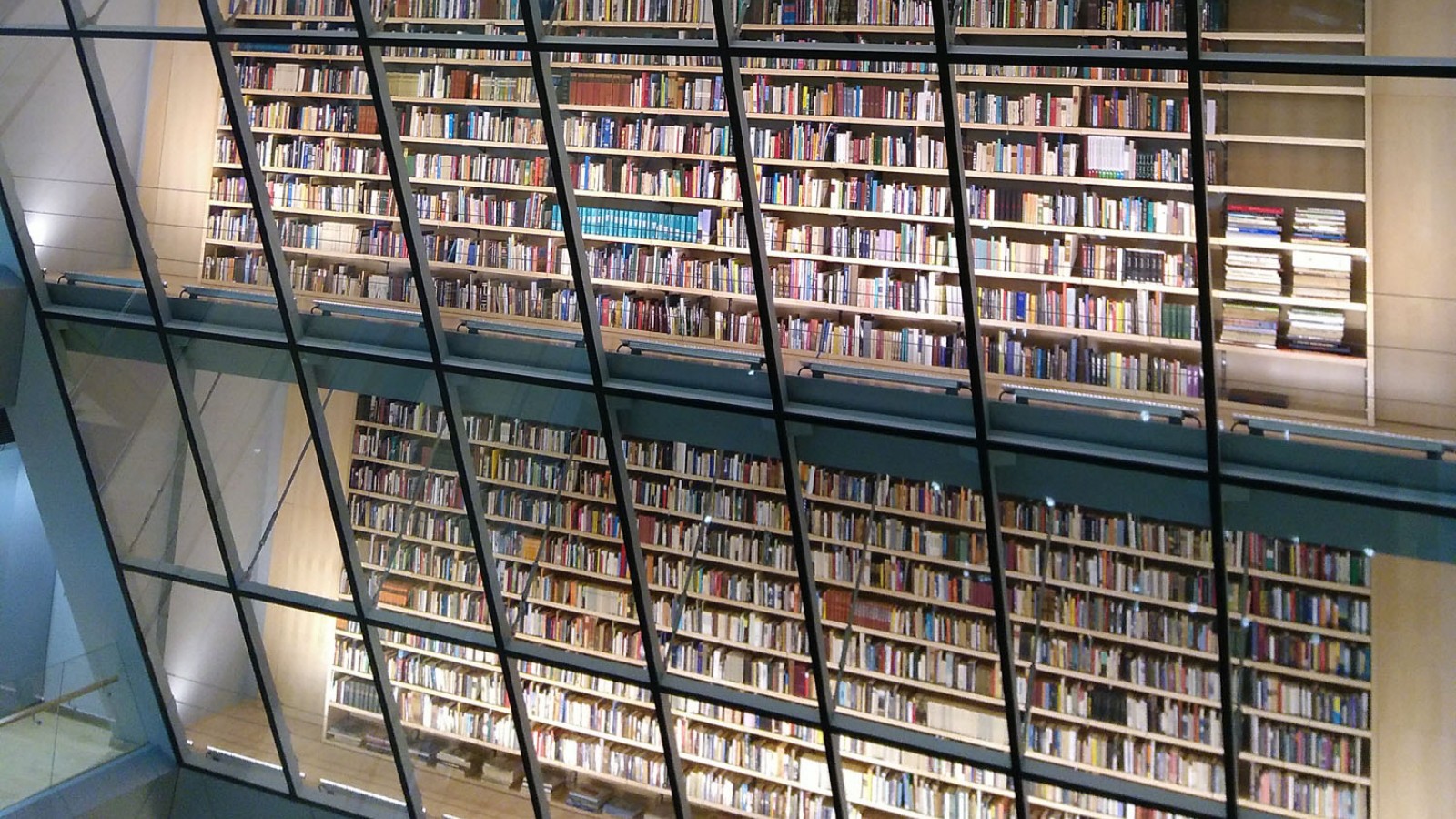
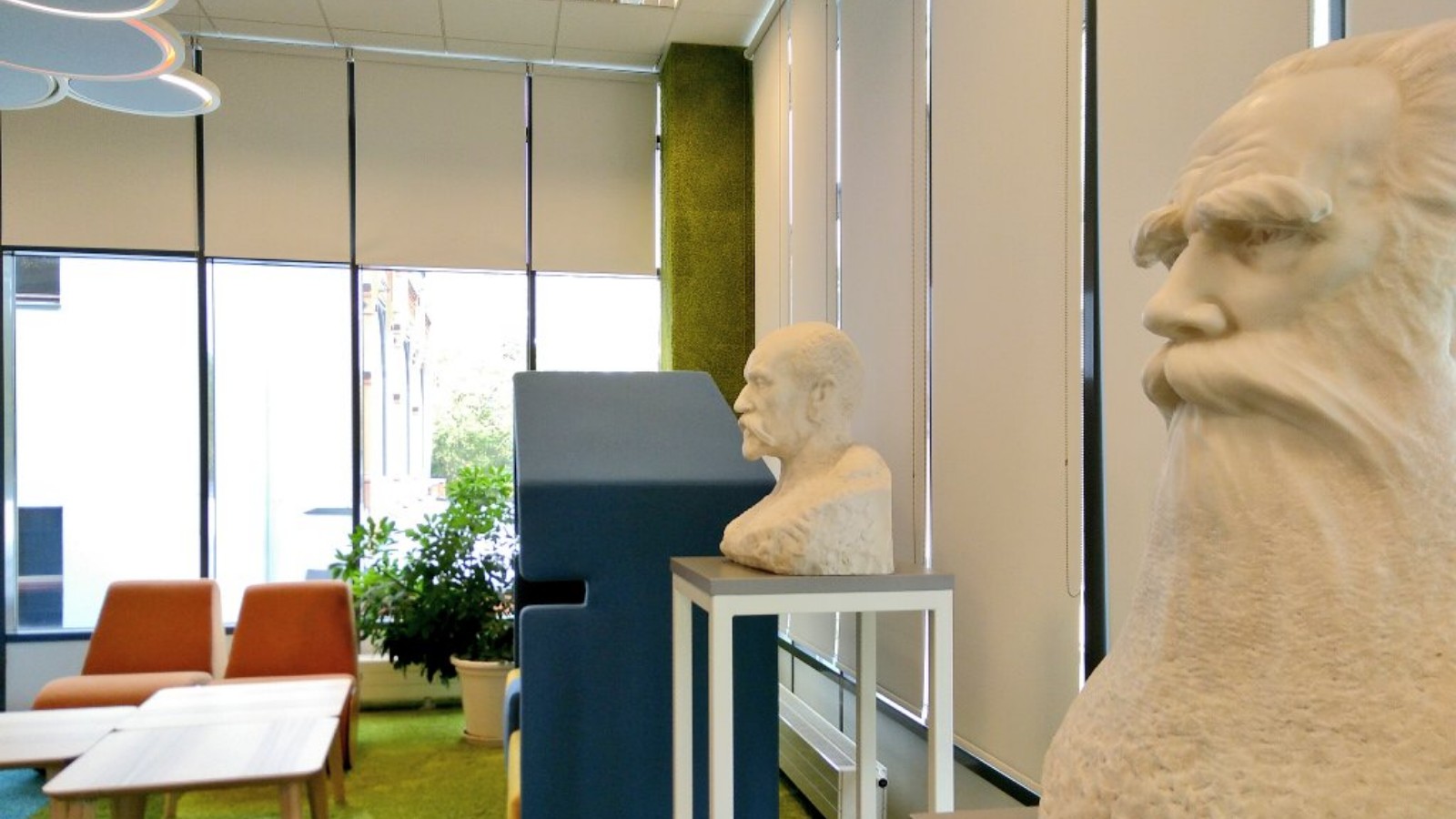
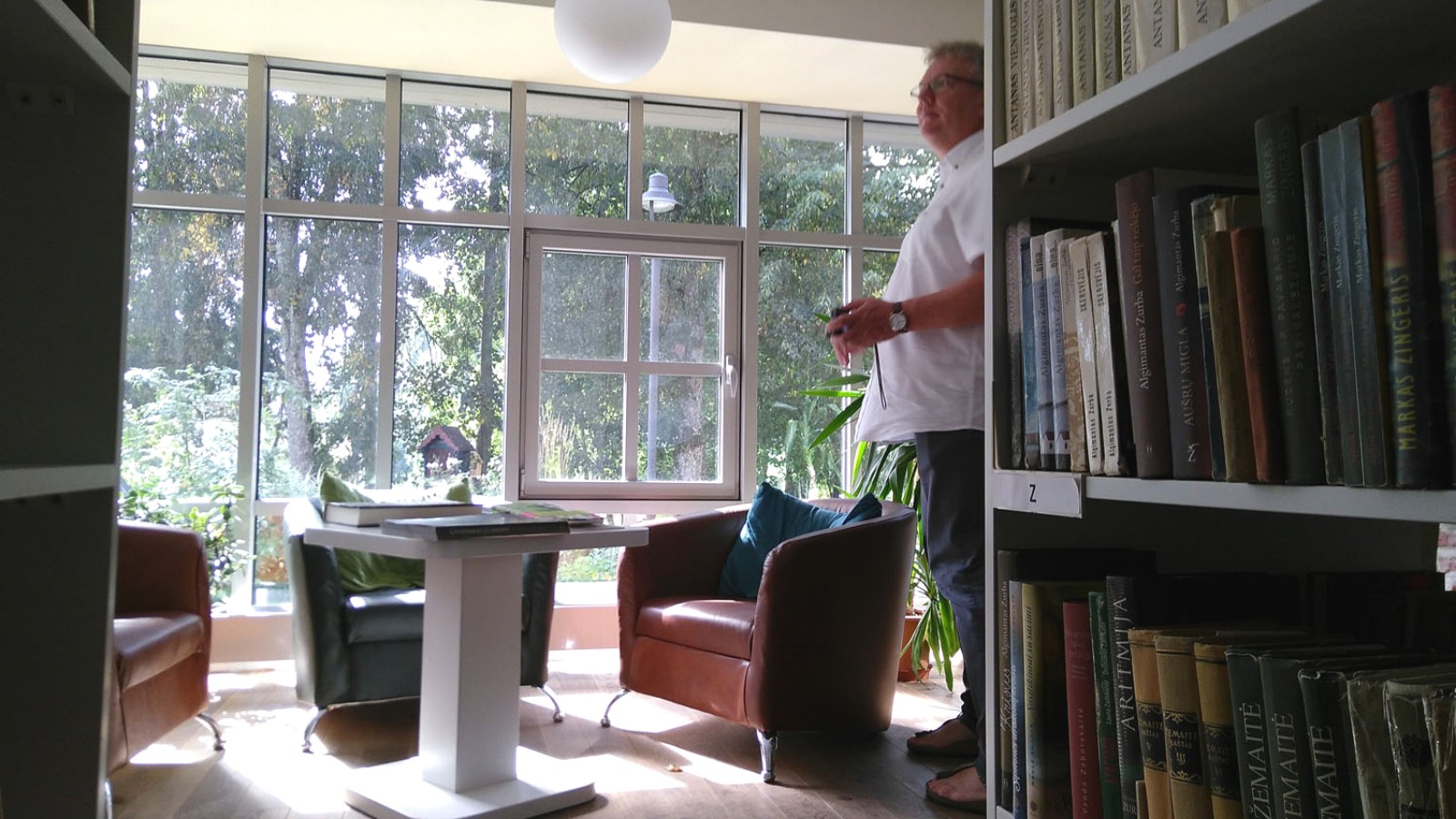
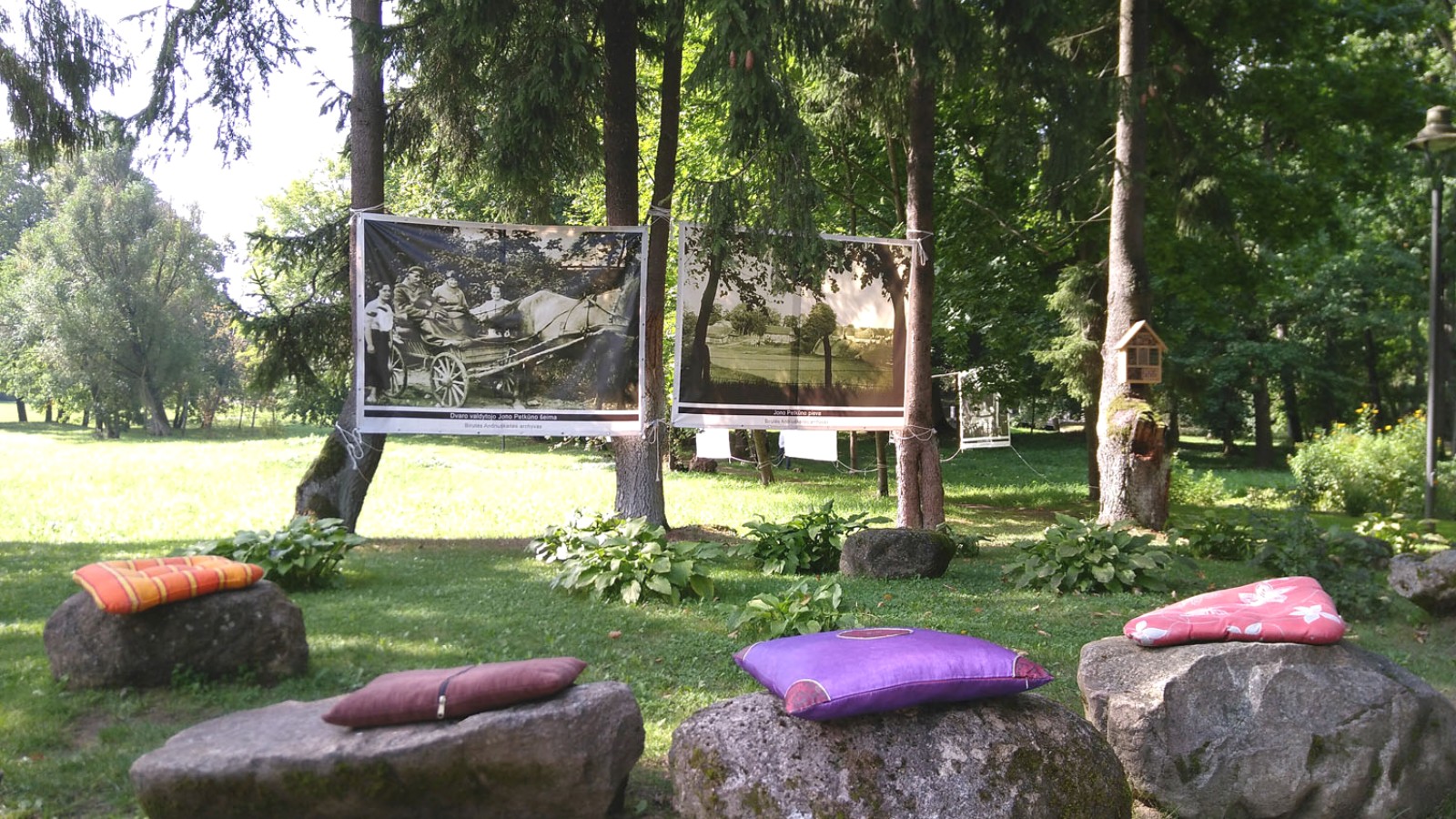
This article was first published in German on Marlene Hofmann's blog.
There are no comments for this content yet.
similar content

